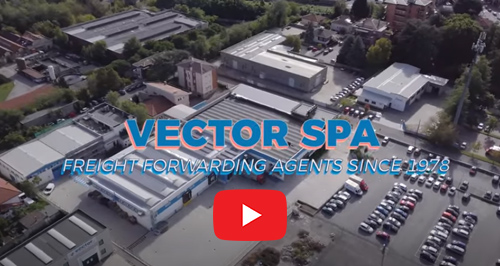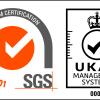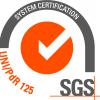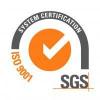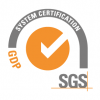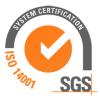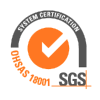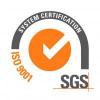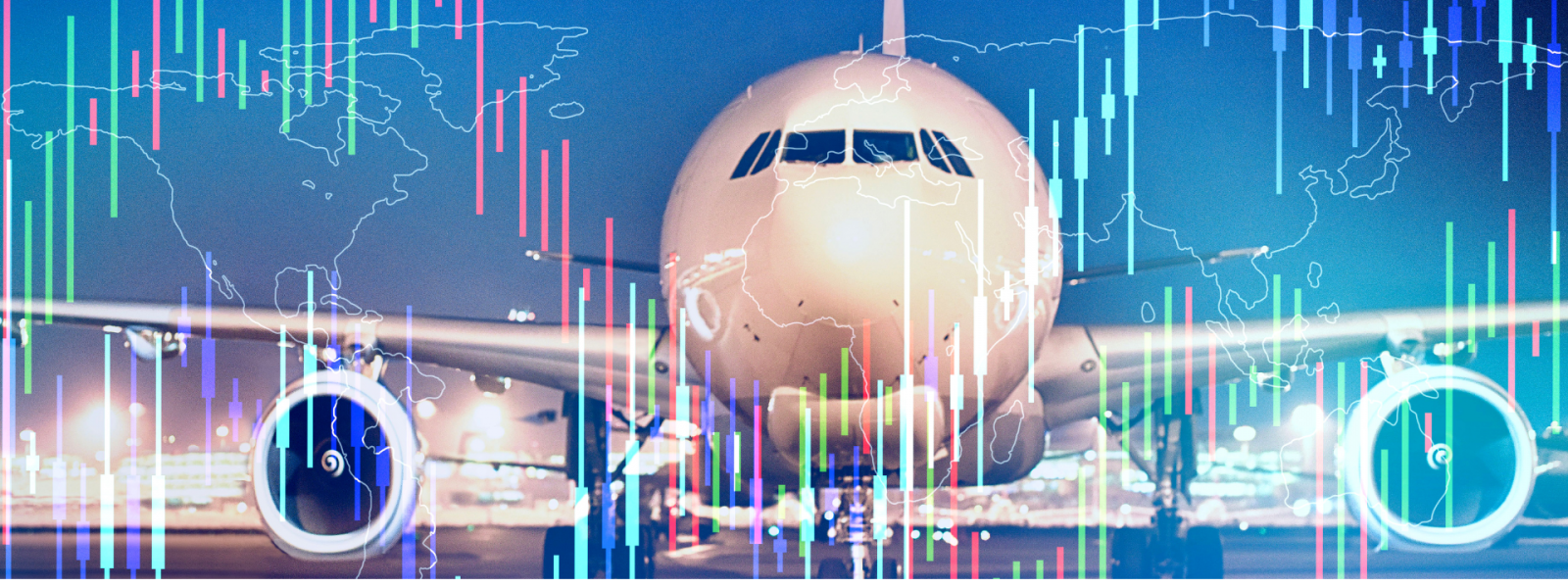

The air transport industry is experiencing an impactful revolution. As planes plough the skies, on land there is an relentless work of research and development that aims to make the flight not only more efficient, but also more sustainable. In this era of technological innovation, airlines and aircraft manufacturers are exploring new frontiers, from the use of alternative fuels to electric propulsion systems, up to the implementation of intelligent technologies to optimize routes and reduce environmental impact. The ultimate goal is to achieve zero net emissions.
This innovative process stems from the fact that the European Union has led the way for the rest of the world, establishing and carrying out a measure aimed at controlling and limiting emissions. We are referring to the European Green Deal, a set of political initiatives proposed by the European Commission with the general objective of achieving climate neutrality in Europe by 2050. This consists in the progressive reduction of carbon dioxide (CO₂) emissions to a level of zero. According to Ispra data, the sector with the greatest impact on the environment in these terms is energy: however, transport also has a considerable impact.
In 2020 the representatives of the associations of the global aviation industry are engaged, through CORSIA (Carbon Offsetting and Reduction Scheme for International Aviation) in achieving this goal, which aims to make the sector more efficient and environmentally friendly. CORSIA is an international initiative aimed at stabilising aviation CO₂ emissions by 2020. Excessive emissions will be offset through mechanisms that are still being developed. The implementation of CORSIA is divided into three phases: from 2021 to 2023 the pilot phase took place, while from 2024 to 2026 the first phase will be implemented, both with voluntary participation. From 2027, participation will be mandatory for all countries (with exceptions) with a deadline set for 2035.
Among the strategies developed by the aviation sector to achieve this goal, the continuous research and investment of companies to use increasingly higher percentages of "SAF" ("Sustainable Aviation Fuel") certainly stands out. This type of fuel is designed for air transport and is obtained from non-oil raw materials, including parts of food waste and urban greenery, woody biomass, fats and oils of vegetable or animal origin but also by the conversion of industrial exhaust gases from steel production processes.
The fuel typically used by aircraft is kerosene which, when burned, produces carbon dioxide. Too much CO₂ in the air prevents heat from escaping into space, causing the greenhouse effect. SAF is a renewable raw material and contributes to a reduction of up to 80% in net CO₂ emissions. Its great advantage is that it can be used on existing aircraft engines. SAF can also reduce other harmful emissions, such as particulate matter and sulphur.
However, there are two critical points that should not be underestimated: SAF costs much more than traditional jet fuel and its production is, unfortunately, still limited. The hope is that Sustainable Aviation Fuel will be added, in a short time, hydrogen fuels and aircraft that can exploit electricity.
There are many other solutions in investments on technological innovation of airports and airlines, which exceed 45 billion dollars and include AI and machine learning, tools that will become more and more fundamental to leverage data collection and achieve faster resolutions in case of criticality. 97% of airlines and 82% of airports are expected to invest in AI by 2026.
One of the most active companies in this field is ENAV, an Italian public company providing exclusive services to civil air navigation in the Italian airspace. ENAV promotes a series of initiatives related to the efficiency and digital transformation of business systems, including ENAV Virtual, a transformation path aimed at pushing towards the virtualization of Air Traffic Management services. This will enable a virtual control center to collect, share and use Air Traffic Management data to deliver innovative services to stakeholders in the industry. Davide Tassi, Head of Sustainability and Corporate Social Responsibility of the ENAV Group, won the Italian round of the Pioneer 2023 Sustainability Development Goals competition: it is a competition promoted by the United Nations Global Compact and aims to identify and reward the most committed business leaders to the advancement of the 2030 Agenda and its 17 SDGs (the sustainable development goals). This further demonstrates the level of involvement and dedication that ENAV has in the theme of innovation.
New technologies applied to infrastructure and aircraft can help:
• reduce fuel waste
• Improve air routes and runway stops
• optimise loading and unloading operations on jets
• reduce waiting times in airport facilities, so that aircraft are able to remain in the air as little as possible while waiting to land.
However, the research covers a wide range of projects aimed at reducing emissions and speeding up the environmental transition, and many large airlines are moving in this direction. Air France and Swiss, for example, are carrying out a thorough modernization of their fleet, replacing their old aircraft with new generation models much more performing (they can in fact use up to 25% less fuel). In addition, through eco-piloting, they are able to make flight more efficient and minimize the environmental impact.
The other great frontier of innovation is linked to new power systems, mainly electric and hydrogen. It’s worth mentioning the ambitious Airbus project, which in 2020 announced the design of a hydrogen-powered aircraft to be launched in 2035.
Aircrafts, however, are nothing without airports and they offer many opportunities for improvement and efficiency: although there are differences from structure to structure depending on size or location, it is estimated that the daily electricity and heat consumption of a large airport is equivalent to that of a city of 100,000 inhabitants (data from isol.it). Therefore, an effective energy monitoring of all plants can allow to identify the critical points and, consequently, facilitate the identification of improvements also with a view to energy autonomy.
All this is in addition to the process of electrification of the ground vehicles used inside the airport and a better management of packaging materials, such as a careful selection of recyclable materials and their reduction.
The challenge of sustainability for national, European and international air transport is certainly ambitious, but the revolution is already underway and promises good results.
